Mark Your Calendars: The Grand Tourist 2026 Guide to Art and Design Fairs
A great design or art fair sets the tone for the year, defines the conversations, and points to where taste is headed. These are the fairs defining 2026. Save the dates.
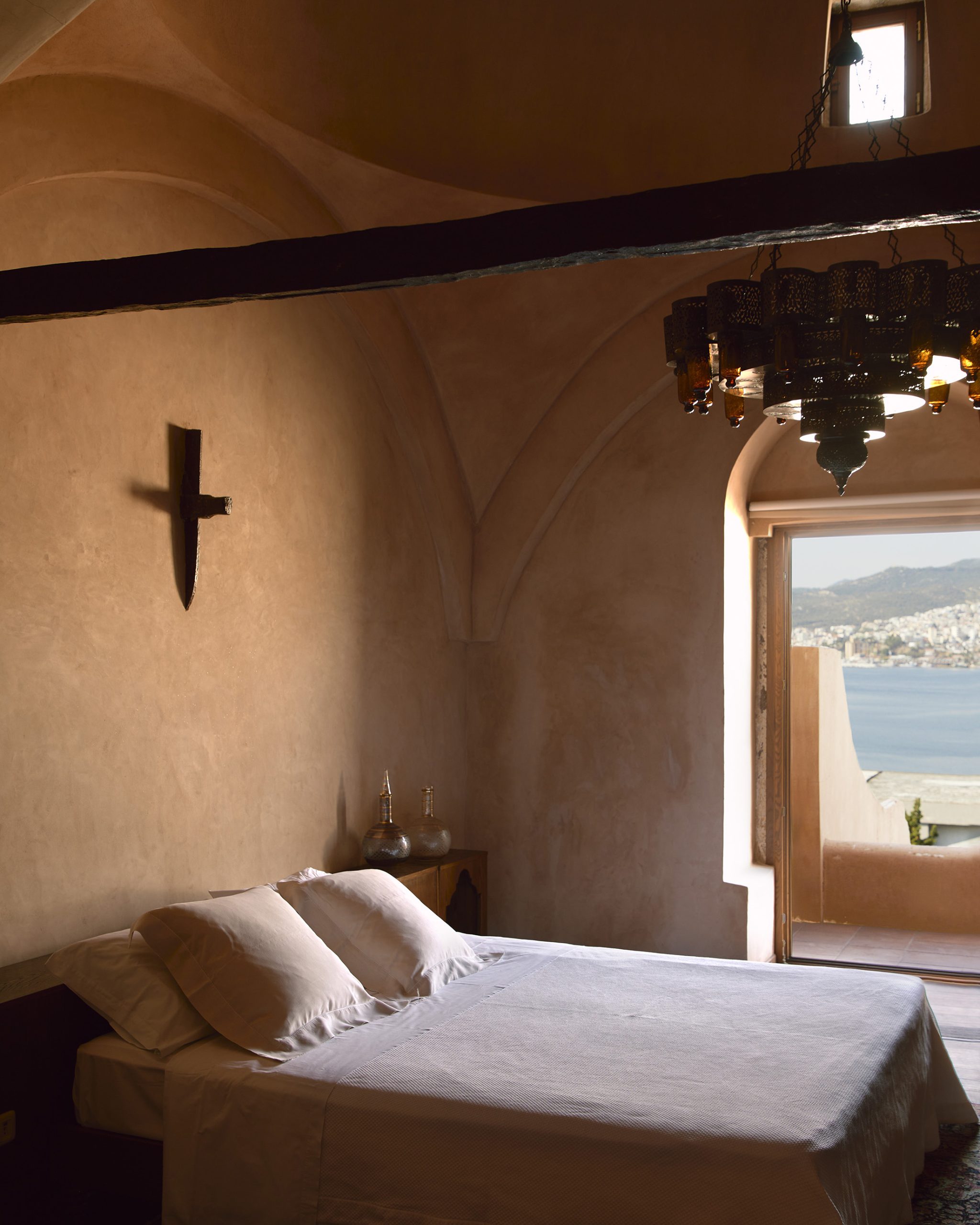
Miguel Flores-Vianna, an Argentinian-born, London-based photographer has spent the last few decades traveling the globe, shooting some of the most exquisite houses, both grand and humble, for magazines like Cabana and Architectural Digest. Long before he ever picked up a camera, Flores-Vianna worked as a magazine editor at Elle Decor and later, House Beautiful with Marian McEvoy. This allows him to approach his work unlike most photographers. “I’m not a photographer because I love the medium,” he says. “I love rooms so I use photography to tell a story.” As a result, his images are personal, textured, and offer the viewer a unique window into a home, whether it’s the way the owners display vegetables on the kitchen counter or seashells and ephemera on a night stand. “You want to get a sense of the personality of the owner through their rooms…those little moments that tell you about the person who lives there.” Flores-Vianna truly takes the reader on a visual journey with his images.
In 2017 Flores-Vianna published his book “Haute Bohemians” (Vendome), which showcased spectacular properties like the Tangiers home of antiques dealer and the ultimate aesthete Christopher Gibb to artist Alessandro Twombly’s home and studio in Lazio, Italy.
In his latest book, “Haute Bohemians: Greece,” he turns his lens on this Mediterranean country, a place he’s visited since his early twenties, and as he explains in the foreword, “has been a constant part of the rhythm of my life.” Here he captures the grand homes and terraced gardens of luminaries like Jasper Conran, architect Katerina Tsigarida, and the late writer and adventurer Patrick Leigh Fermor. “It was a very enriching project because not only did I see these great places but I met the characters who came with these places,” says Flores-Vianna, who spent two summers working on the book, traveling from Thessaly in the north to Patmos, an island he has been going to since his youth.
One of his discoveries was a 19th century Ottoman building complex in Kavala, a village in northern Greece that includes an imaret, a public kitchen, as well as a religious school. “The building is unbelievable but when I was laying out the book the imaret was the only one that wasn’t an actual residence, so it didn’t make sense to include it,” he says. We asked Flores-Vianna about the backstory behind the alluring, off-the-beaten-path property which today operates as both a charitable foundation and a small hotel known as The Imaret.
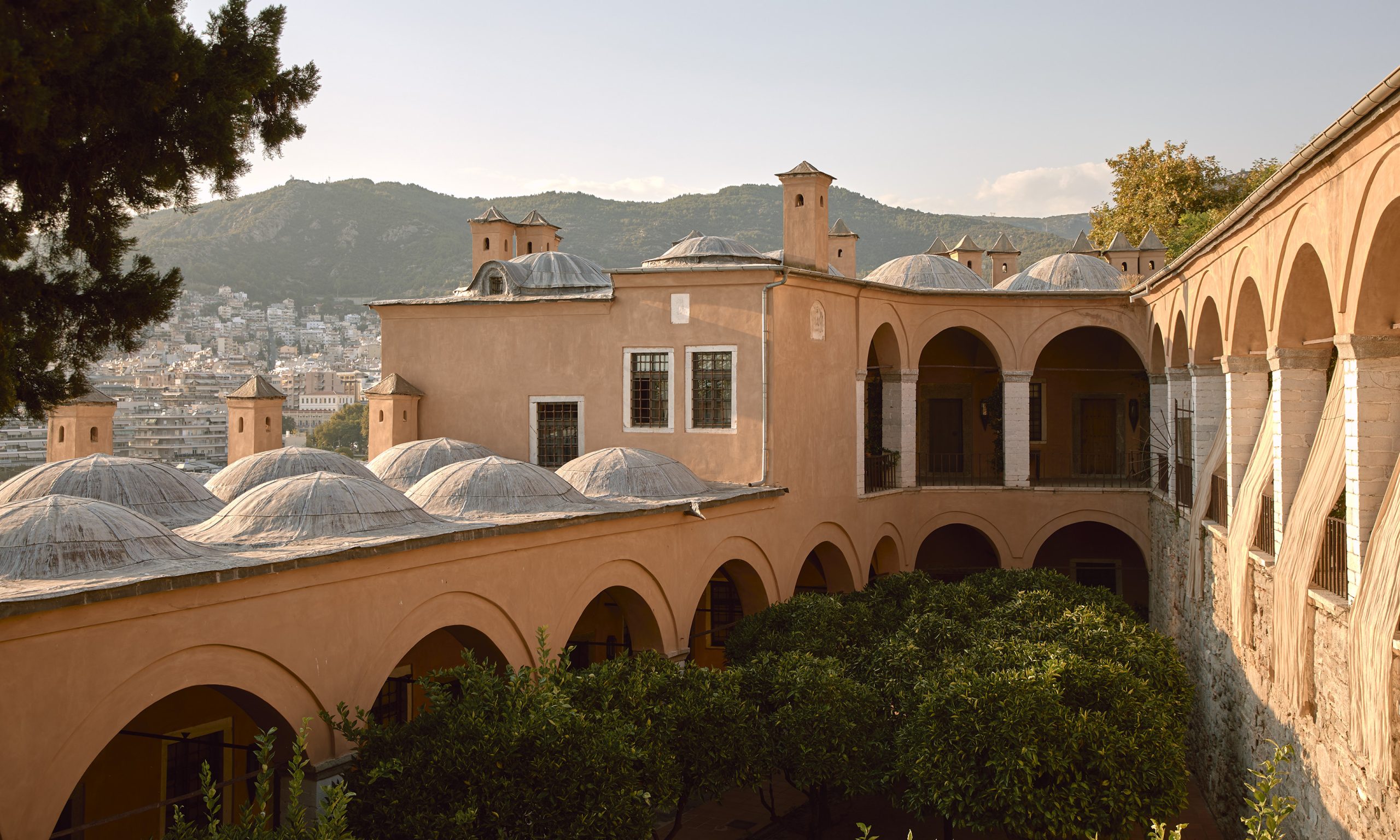
How did you discover the property?
It came through reference from a man who I was having lunch with in Athens. The complex is actually owned by the Egyptian government and is today run as a foundation to try to advance the friendship between Greek Orthodox and Egyptians. It was built early in the 19th century by a local man, Muhammad Ali. He had left the village of Kavala for Egypt where he quickly traveled up the ranks and became a viceroy. He had this incredible career, and eventually he established this dynasty in Egypt for quite some time. But when he first gained power in Egypt, one of the first things he did was to build a school in his hometown. He built it as a religious boarding school. That’s why there is a mosque as well as these cells, or rooms, where the students lived. But it stopped being a school when this area went back from being part of Turkey to Greece.
So it’s no longer a school?
No. The building is still owned by the Egyptian government and it is rented to Anna Missirian, a Greek woman who comes from a prominent Thessaloniki family. There are only about a dozen hotel rooms. So it’s open to guests and the public for tours. It has an incredible series of courtyards and some of the ancient kitchen is kept the way it was.
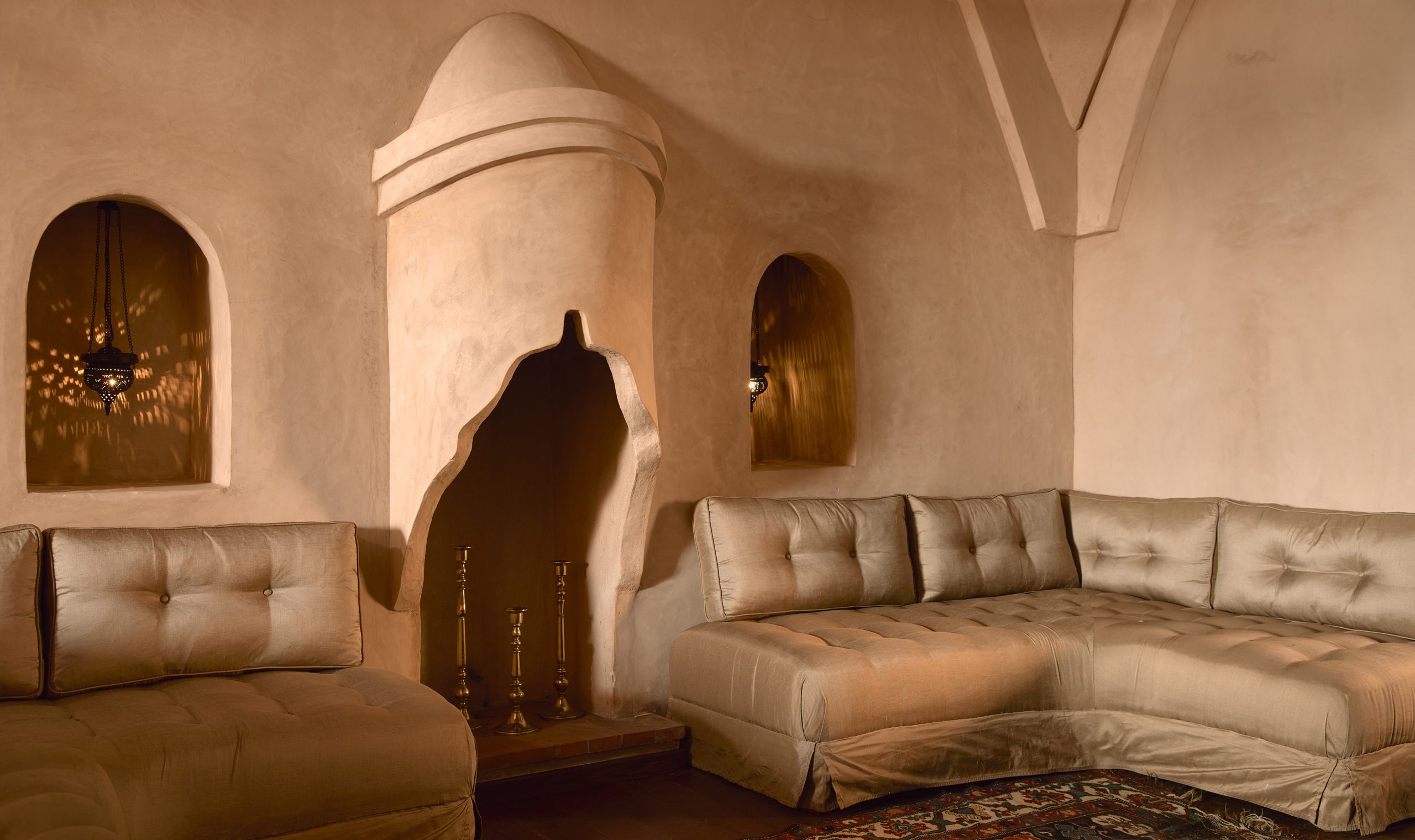
What’s so special about the building for you?
This area was part of Turkey until the early 20th century, so it reminds you a little bit of Istanbul because it’s on the sea, but there’s a lot of movement. When you look at this building from the roof, all the domes remind you of the bazaar in Istanbul. And this area of the country is not what you typically imagine when you think of Greece. It’s super green, even in August. And it’s not as hot as the rest of the country. So it’s more continental Greece. It has a different vibe.
How did the book come about?
I’ve been going to Greece regularly since I was about 23, spending about 45 days there every summer. The editors at Vendome suggested Greece, but I thought. ‘What am I going to shoot? The ruins of Delphi?’ But they were very nice and just told me to shoot what I like so I decided to photograph homes—a mixture of places where people live every day, and then more iconic places that are almost like museums. The process was organic; I started asking friends and acquaintances about various houses.
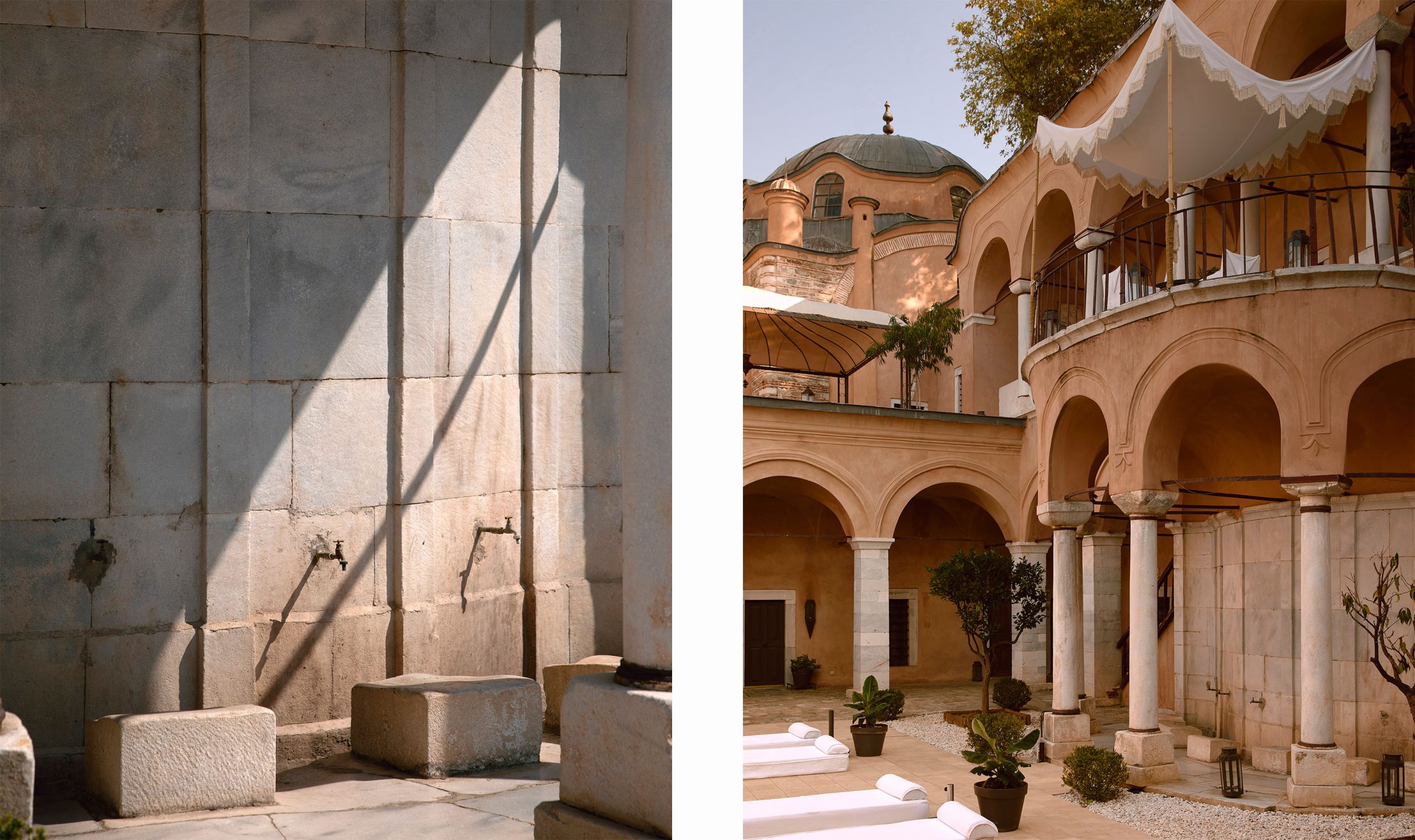
Is there a common theme to the projects in the book?
I like shooting homes where the owners have done or designed their own interiors. In that sense, the houses reflect the people who live in it and it becomes authentic. The owners have selected the sofa as well as the postcard that they stuck in the side of the mirror. I’d rather have a person with bad taste than just someone who has very clinical taste. That’s what I think is interesting when you photograph places that are done by the people who live in them because they have something to say. It’s not like they just opened their wallet to pay for the curtains and the rugs. They actually have something to say about the curtains and the rugs.
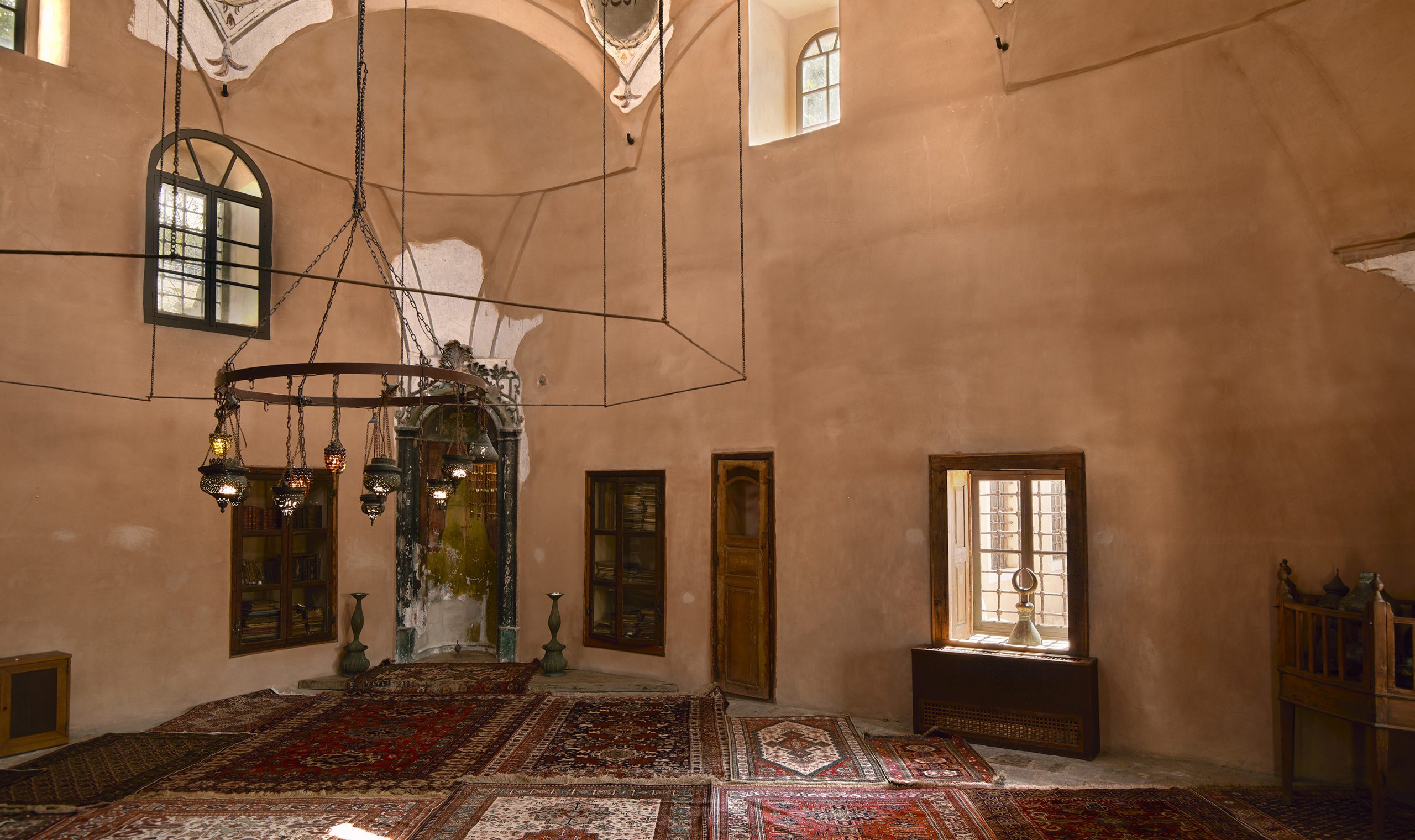
Was there a house that really surprised you when you finally saw it in person?
There were quite a few, but I photographed the garden of a woman named Eleni Martino. My friend Konstantin Kakkianos, the illustrator, told me if you do the book, you should do Eleni’s garden. He told me that she owns Martinos, a well-known art and antiques shop in Athens. She lives about 25 minutes outside of Athens in Pallini so we made an appointment for me to see her garden in July. I arrived and realized right away that the garden goes on and on. When I met her, my driver was in a complete state because the car had broken down and it was so hot. So Eleni, in typical Greek fashion, took care of the driver first, getting him food and something to drink. It was really touching.
What she had created was incredible: it’s a series of gardens anchored by follies and fountains. What I didn’t know was that she had worked with the architect Charles Shoup to create these design elements. I didn’t know Shoup, but she then told me that Shoup had worked often with the designer Harry Blackmer. Harry Blackmer was an American expat who lived in Athens in the ’60s and ’70s and someone whose work comes up every few years on Instagram. Today everyone goes on about the style of Christopher Gibbs and Robert Kime, but Blackmer was doing that look—the mixing of high, Neoclassical furniture and Old Masters with kilims and rugs from Turkey—before those two were even in business. So for me it was amazing to come into contact with someone who had worked with Blackmer because I had admired his apartment in Athens for so long.
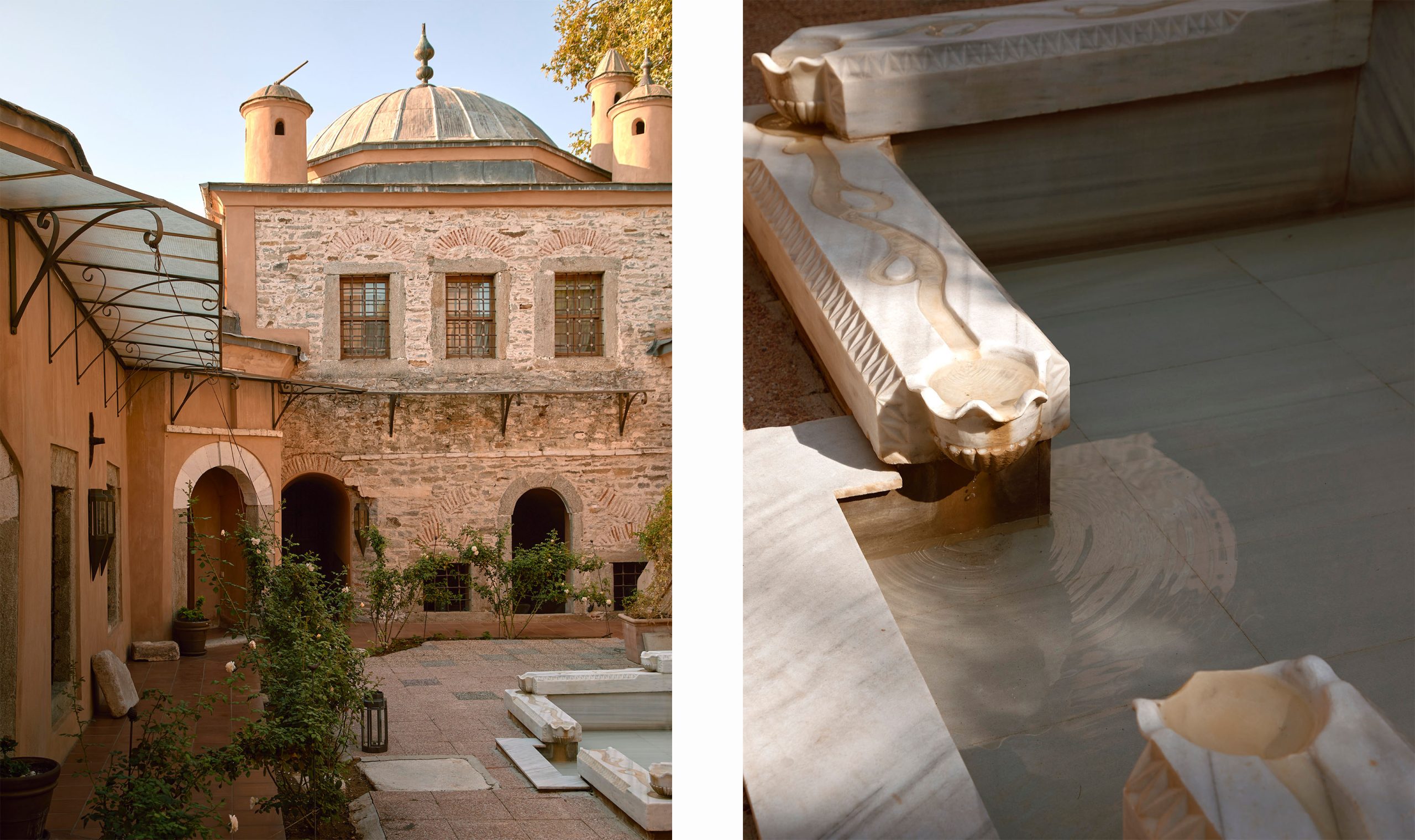
Where do you love to go in Greece?
Hydra is quite a special place because there are no cars or motorcycles, so everything has to be done on foot. Or a donkey carries your things. It’s also quite a wealthy island from a long time ago, so it has a lot of Venetian architecture. If you want an old fashioned, family-run hotel, I would suggest the Leto Hotel. King Constantine used to stay there. For a more modest budget, there is another family-run Hotel Greco. If the Durrels were visiting Hydra in 2023, they would stay here. The best food on the island, with a view to boot, is To Pefkaki. It is in Kamini, the small village attached to Hydra Town. Anna cooks amazing family recipes and Stefano, her husband, is the chief waiter. I would go as far as to say that they have the best traditional home cooked Greek food I have had anywhere in the country. There is no website and you need to reserve because they only have a few tables.
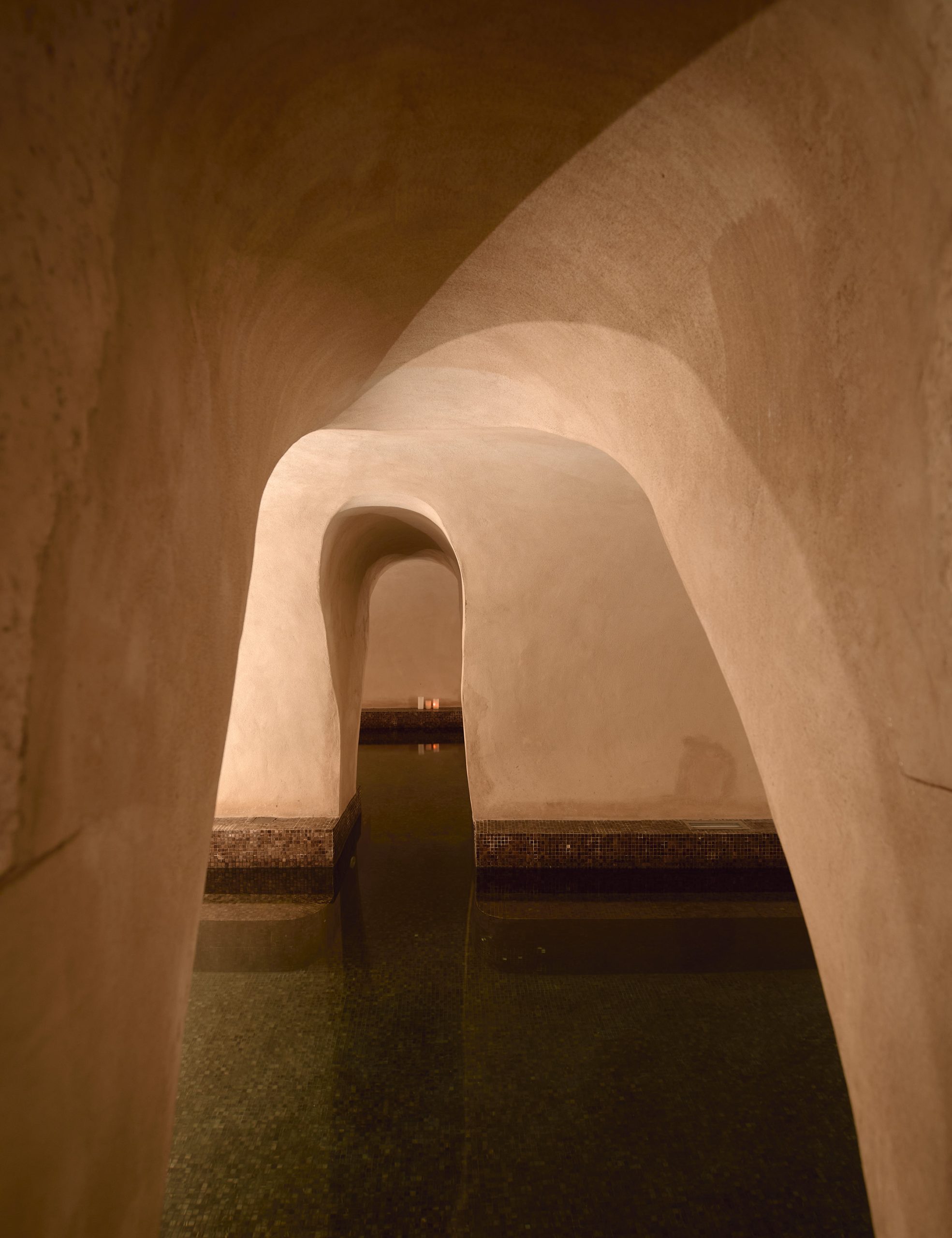
What’s your next project?
I would love to do more books but there is no definite idea yet. The next place I want to travel is Uzbekistan. I’ve been to the Caucasus, like Georgia and Armenia, a lot but I haven’t been deep into Central Asia. I’m interested in the history of that area. It’s such a crossroads of East and West. But it’s also quite wealthy now and they are restoring a lot of the ruins aggressively. So I want to see the buildings in a less restored, less clean way. And, of course, I always love going back to Japan.
To book a room at The Imaret hotel and visit one of Greece’s more unique (and greener) regions, visit imaret.gr.

A great design or art fair sets the tone for the year, defines the conversations, and points to where taste is headed. These are the fairs defining 2026. Save the dates.
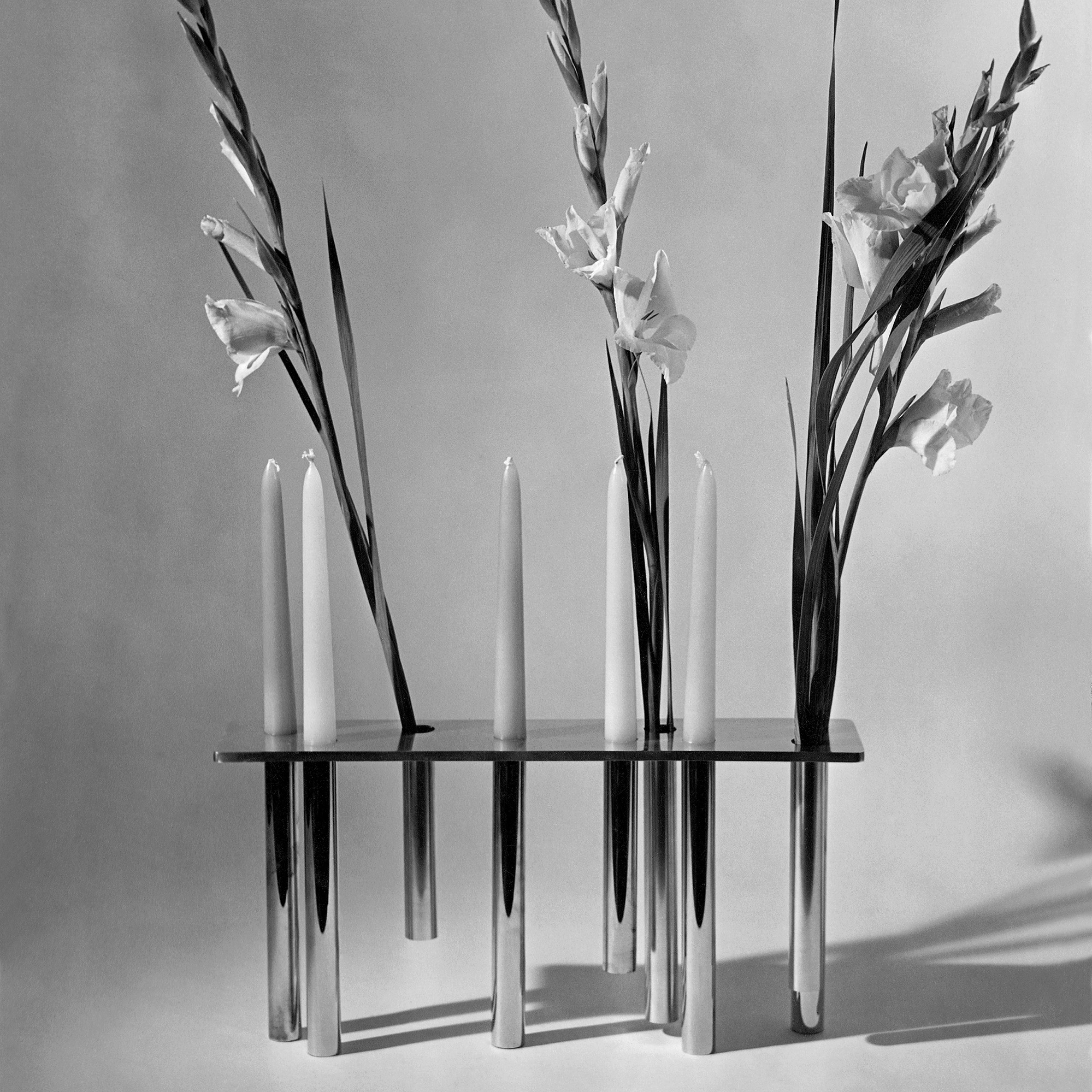
We assembled our favorite design objects for the people on your list that have everything, including taste.
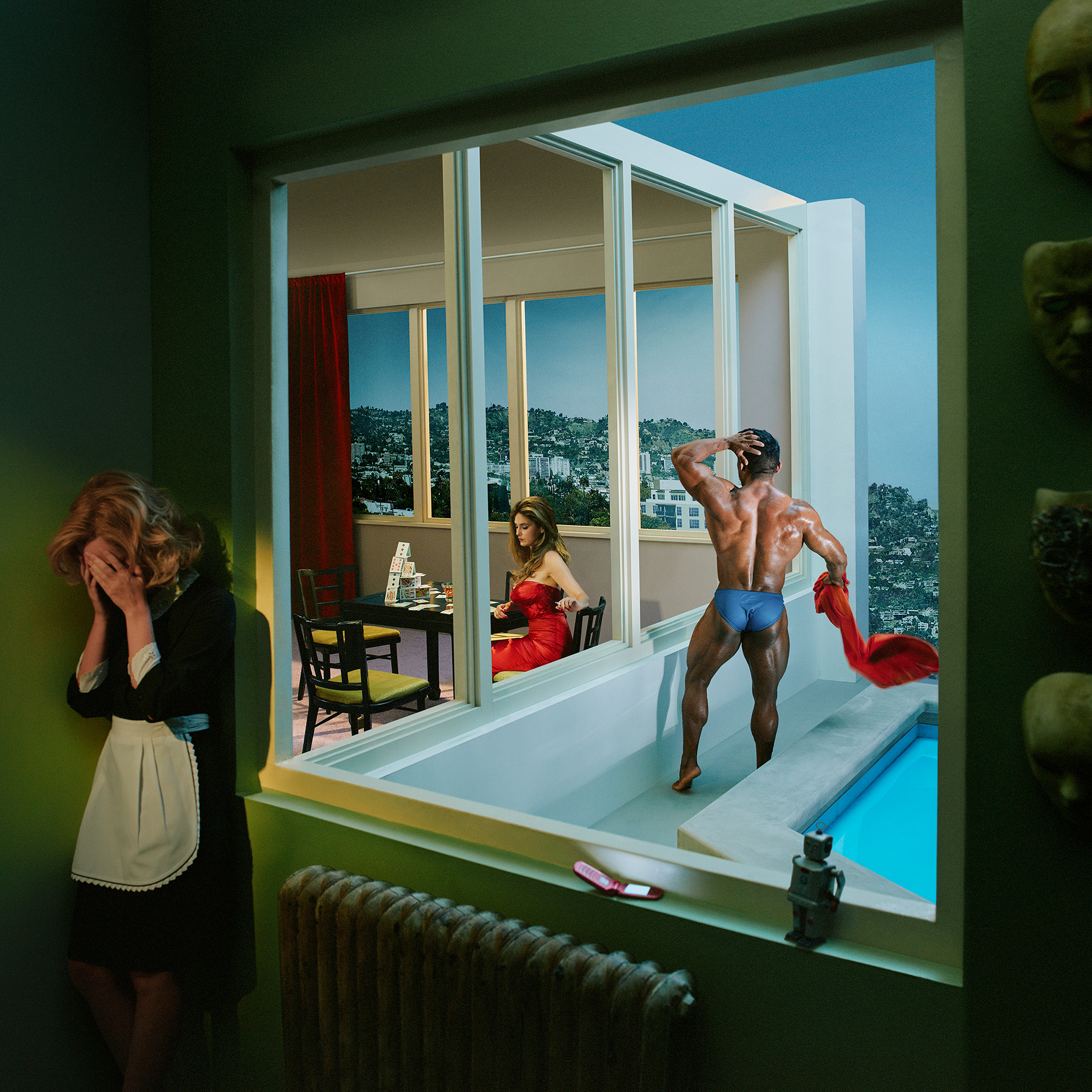
We checked in with our former podcast guests who will be inching through Miami traffic, unveiling new works, signing books and revealing new projects this year.